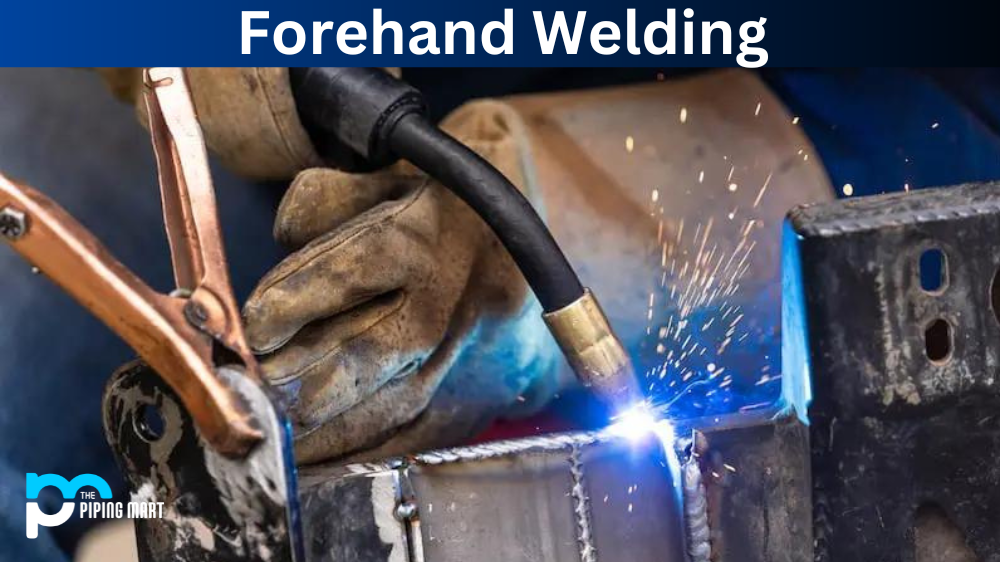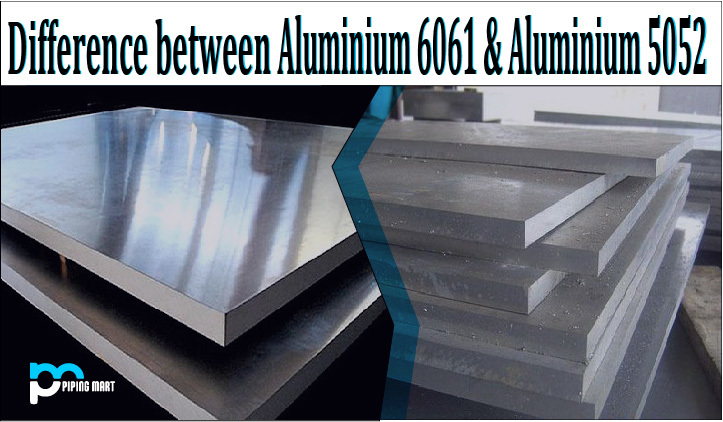Are you a beginner in welding and want to learn more about the forehand technique? Forehand welding is one of the most popular welding techniques used by professionals. It’s a simple but effective method for multiple metals, including steel, aluminum, and stainless steel. Let’s dive deeper into what it is, how it works, and its uses.
What is Forehand Welding?
Forehand welding is a welding process in which the electrode moves in the same direction as the weld puddle. This technique is commonly used for many materials, such as aluminium or steel because it allows faster travel speed with less heat input. It’s considered an entry-level process for those just starting welding since it’s easy to learn and master.
How Does It Work?
Forehand welding uses an electric arc between the electrode and workpiece to create heat and melt the metals. The electrode passes current through itself that arcs across to the workpiece, creating sparks and molten metal droplets that combine both pieces. To weld larger pieces of material, multiple passes may be necessary. The welder must move slowly while keeping the angle consistent so that there are no gaps left between each pass.
Forehand Welding Uses
Forehand welding is especially useful with thicker materials like stainless steel or aluminum because it requires less heat input than other methods, such as TIG or MIG welding. Many companies have also adopted this technique due to its relatively low cost compared to other processes while still providing strong welds with minimal distortion or deformation from heat buildup. Additionally, this type of welding can be completed in tight spaces like corners or edges that other methods may need help to reach.
Joining two pieces of metal together
One of the most common uses for forehand welding is joining two pieces of metal together. This can be done by either welding the two pieces together directly or using a filler material such as wire or rod. Forehand welding is often used to join metals of different thicknesses, as it can provide a strong weld without adding too much material.
Repairing metal
Forehand welding can also be used to repair metal objects that have been damaged. This can include anything from repairing a hole in a piece of sheet metal to fixing a cracked engine block. Forehand welding can often improve the damage that would otherwise be too difficult or expensive to fix.
Attaching metal to other materials
Another everyday use for forehand welding is attaching metal to other materials. This can be done by directly welding the two materials or using a filler material such as wire or rod. Forehand welding often attaches metals to plastics, glass, and even wood.
Creating art
Many artists also make use of forehand welding in their work. By welding
Conclusion
Forehand welding could be a great option if you’re new to welding and need an efficient way to join two pieces together without too much fuss! It’s easy to learn, cost-effective, and can handle any thickness up to 5/8 inch thick! With all these benefits at your disposal, why not try forehand welding today? With enough practice, you could become an expert welder in no time!

Meet Bhavesh, a seasoned blogger with a wealth of knowledge and experience. From metal products manufacturing to retail, Bhavesh has a diverse background in various industries and is dedicated to sharing his insights and expertise with readers.




